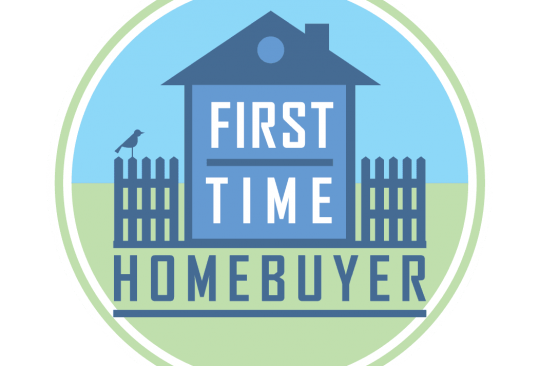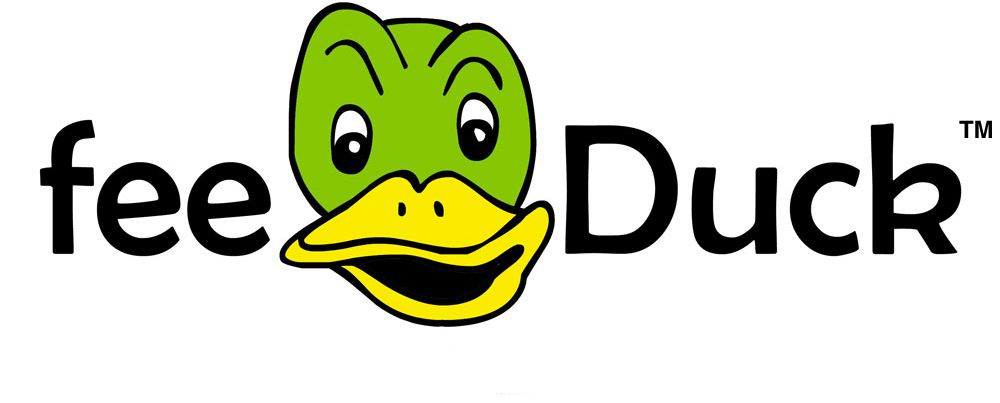What the Federal Budget Means for First-Time Homebuyers

For months leading up to the federal budget, the Liberals had been promising to make housing more affordable for first-time homebuyers. There were rumours of everything from the reintroduction of 30 year amortization mortgages for first-time homebuyers to lessening the mortgage stress test. In the end we got a revamped RRSP Home Buyers’ Plan and the introduction of a concept new to many Canadians, the shared equity mortgage. Let’s take a closer look at both and how they’ll help first-time homebuyers.
RRSP Home Buyers’ Plan
The federal government increased the amount you can borrow under the Home Buyer’s Plan. The Home Buyers’ Plan lets first-time homebuyers borrow tax-free from their Registered Retirement Savings Plan (RRSP) for a down payment. First-time homebuyers can now borrow up to $35,000, up from $25,000 from their RRSP. (If you’re a couple, you can borrow a combined $70,000.)
The federal government is also trying to level the playing field between married couples and those who recently split up. If your marriage or common law partnership has recently ended, then you too may participate in the Home Buyers’ even if you don’t qualify as a first-time homebuyer under the program.
Personally, I welcome these changes to the Home Buyers’ Plan. The second change of allowing newly single Canadians who have been through a marital breakdown qualify as a first-time homebuyer helps make buying a home on your own easier.
If you’re a first-time homebuyer and a diligent saver and save the new maximum under the Home Buyers’ Plan, it can really go a long way.
Shared Equity Mortgage
That’s not the only big change the federal budget introduced. The Liberals introduced something known as shared equity mortgages. To help make housing more affordable, the government is partnering with first-time homebuyers, contributing up to 10% of the purchase price of a home to lessen the amount homebuyers need to borrow.
Shared equity mortgages are foreign to many Canadians, so let’s break them down. A shared equity mortgage is a lot like an interest-free loan. You’re not required to pay it back until years in the future. To qualify, you must have an annual household income of less than $120,000 and save a down payment of 5%, the minimum required amount for an insured mortgage.
The Canada Mortgage and Housing Corporation (CMHC) is a name pretty familiar to most Canadian. It’s already heavily involved in the real estate market. It provides mortgage default insurance for homebuyers who make less than a 20% down payment. The CHMC is getting even more involved under the shared equity mortgage. It will be administering the new program.
The program does have its limitations. It maxes out at four times your annual income. That means that you’re only able to buy a home where the mortgage and CMHC loan go up to $480,000. However, if you meet the program requirements, the CHMC will contribute up to 10% of value of a new home or 5% of a resale home.
The advantage of taking of a shared equity mortgage is that since you’re borrowing less byway of a mortgage, your mortgage payments will be lower. You’d be required to pay back the CMHC, but not until you sell the property. Until then you’re getting the equivalent of an interest-free loan. Not bad!
Written by Sean Cooper
Sean Cooper is the bestselling author of the book, Burn Your Mortgage: The Simple, Powerful Path to Financial Freedom for Canadians. He bought his first house when he was only 27 in Toronto and paid off his mortgage in just 3 years by age 30. Sean’s helping others with their mortgages as an independent mortgage broker. Get in touch with him for all your mortgage needs. For a free mortgage consultation, email Sean@BurnYourMortgage.ca or call 647–867–3711.

